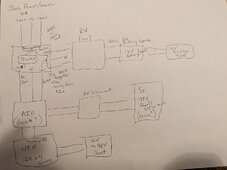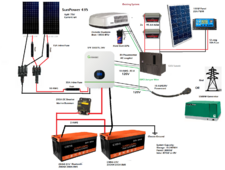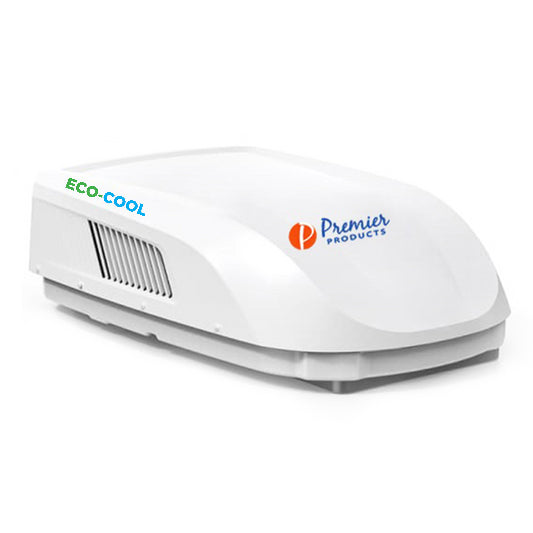mmmmmdonuts
New Member
I have upgraded my travel trailer to a larger 38' travel trailer (2x ACs now) with a 50 amp service vs the 30 amp service I had in the past.
In my old TT I had a manual transfer switch, 2x 12V batteries lithium, a 3KW inverter and a spare 12V battery charger that charged the lithium ion battery. I also had a DCDC 12V charger from my truck to the trailer.
Recently I picked up 2 more batteries and 5 solar 295W solar panels that I hope to use to alleviate the use for generators. I also already have a 50A transfer switch ready to go.
My question is has to do with the best way to integrate solar and how I should do things. Looking at the solar controllers independently I would need 3 of these Victron MPPT at $180 a pop. Basically for $560 I am pretty close to getting a growatt or some other 24v or 48v all in one inverter that is way more powerful than what I have. Should I reconfigure the system for 24V or 48V instead? Possibly upgrade to a 5kw inverter?
Basically since I have no 240V loads currently just wire it in with the transfer switch? Or put in a separate breaker box to take only one of the legs to the AIO? It would be a whole lot simpler to wire in my opinion.
24V or 48V as well? 48V has way more options but 24V allows me to operate with a battery failure. I could also keep the 12V battery that the RV already has or use a step down converter.
Thanks in advance. Thoughts?
In my old TT I had a manual transfer switch, 2x 12V batteries lithium, a 3KW inverter and a spare 12V battery charger that charged the lithium ion battery. I also had a DCDC 12V charger from my truck to the trailer.
Recently I picked up 2 more batteries and 5 solar 295W solar panels that I hope to use to alleviate the use for generators. I also already have a 50A transfer switch ready to go.
My question is has to do with the best way to integrate solar and how I should do things. Looking at the solar controllers independently I would need 3 of these Victron MPPT at $180 a pop. Basically for $560 I am pretty close to getting a growatt or some other 24v or 48v all in one inverter that is way more powerful than what I have. Should I reconfigure the system for 24V or 48V instead? Possibly upgrade to a 5kw inverter?
Basically since I have no 240V loads currently just wire it in with the transfer switch? Or put in a separate breaker box to take only one of the legs to the AIO? It would be a whole lot simpler to wire in my opinion.
24V or 48V as well? 48V has way more options but 24V allows me to operate with a battery failure. I could also keep the 12V battery that the RV already has or use a step down converter.
Thanks in advance. Thoughts?





